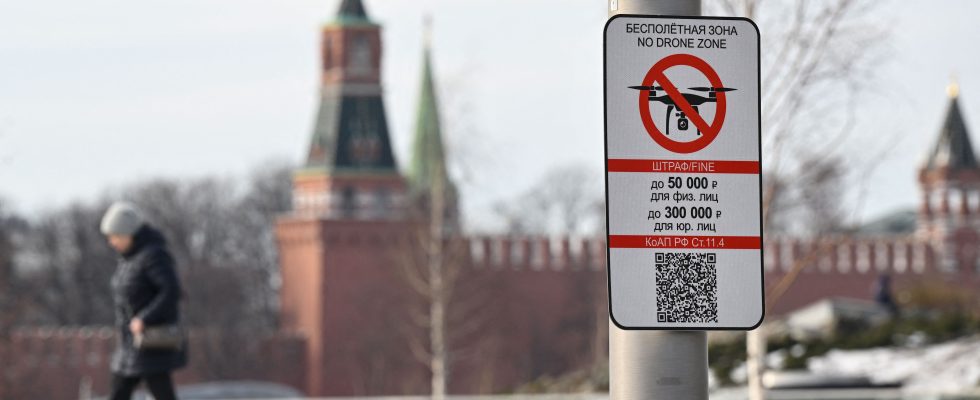The indignant reactions were not long in coming this Wednesday, May 2 in Russia after the explosion of two drones on the Kremlin, which Moscow hastened to attribute to Ukraine. “The Nazi regime in kyiv must be declared a terrorist organization”, declared Vyacheslav Volodin, the President of the Russian Parliament, who intends to “demand the use of weapons capable of [le] stop and [le] destroy”. “If guarantees of physical security had been given to Zelensky, theukrofuhrer [sic] can put a cross on it”, adds the propagandist Vladimir Soloviev. “There are no more alternatives to the liquidation of Zelensky and his clique”, writes, meanwhile, the former president Dmitry Medvedev. we don’t even need him to sign his unconditional surrender. Hitler didn’t sign anything either.”
In this frenzied spectacle of rage and outrage, kyiv’s denials are negligible, as are the many gray areas remaining over these outbursts. Rationality no longer seems to have its place. Because this attack, not content to touch the very heart of Russian power, intervenes in a context of growing psychosis surrounding attacks on Russian territory by Ukrainian drones.
Unidentified drones in Russian skies
Some are proven and claimed. Since the attack last December on the Engels military airfield, thousands of kilometers from the front, by a long-range Ukrainian drone, incursions have multiplied, including recent ones, against Russian depots fuels that caused massive fires in Sevastopol last week; and in Taman, southern Russia, on Wednesday. In recent months, several wreckage of large drones, packed with explosives, have been found in the forests surrounding the Russian capital, appearing to bear witness to failed attempts to strike targets deep in the territory.
But beyond these spectacular cases, the local Russian media regularly echo unidentified drones seen all over the Russian sky, most often in the Moscow region and its surroundings and photographed from afar, with a smartphone. , by passers-by. They are quickly taken up and shared, from group to group, on social networks, in the anxiety-provoking context of the installation by the Russian authorities of surface-to-air missile batteries all around Moscow and in the very heart of the capital. Neighborhood chat rooms on messengers, very popular in Russia and often hotbeds of conspiracy, are filled with blurry photos of black dots in the sky, in which everyone imagines a Ukrainian suicide bomber. In at least one district of Moscow, the trustees have ordered janitors and road workers to act as aerial lookouts.
Some experts take the threat very seriously: “Russian anti-aircraft defense is not able to protect even its ‘holy places’ from increasingly systematic and regular attacks, writes Nikolai Mitrokhin, historian and military analyst. It will soon be the tour of power stations, fuel tanks, refineries and chemical plants, of which there is no shortage in Moscow. I think that Muscovites and St. Petersburgers would be well advised to spend the summer in the countryside with generators and fuel reserves.
Several Russian regions now ban all drone flights, and military parades on May 9 have been canceled in many cities. That of Moscow is maintained. But already, questions are being asked about its safety: on the video showing the drones exploding on the dome of the Kremlin, we can clearly see the stands installed on Red Square.
